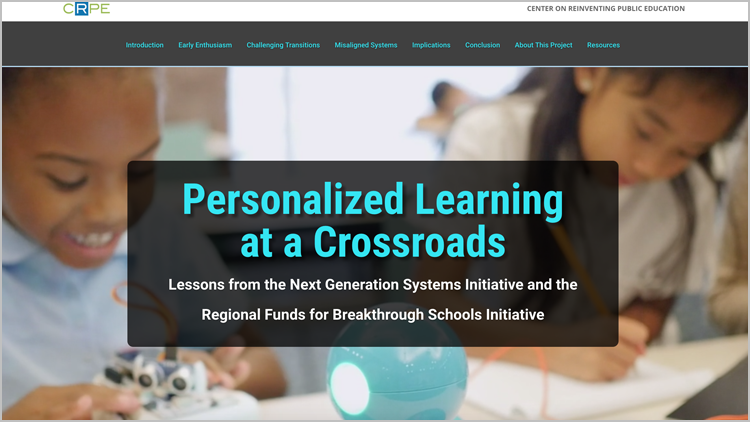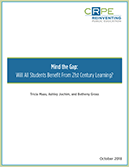Striving for Equity in Education
To prepare students for an economy driven by technological innovation and a complex social landscape, educators, school districts, and philanthropists have looked to a set of instructional approaches that allow students to express more agency over their learning and enable them to solve real-world problems. These 21st century learning approaches, which have historically been accessible only to the most privileged students, are increasingly seen in schools with underserved students. Yet our researchers’ interviews and observations reveal that these underserved students are not always experiencing better learning opportunities.
Challenges for Schools with Underserved Students
Trends suggest that students who enter schools with weaker academic preparation and social-emotional skills are less likely to be successful in 21st century learning environments than more privileged students because:
- Teachers often lack the tools and skills to provide rigorous and engaging instruction to students who possess weaker academic and social-emotional skills.
- Shifting to 21st century learning environments can stress preexisting capacity challenges in high-needs schools.
- States and districts have not established systems to monitor or mitigate the inequities that exist within schools and classrooms.
Recommendations for Funders, Policymakers, and Practitioners to Reduce Inequities
Developing the 21st century learning landscape requires aligning efforts at all levels of the system to prevent inequities.
- Build the evidence base around the impact of weak 21st century instruction on different types of schools and student groups.
- Use strategies at the state, district, and school level to enable all students to succeed with 21st century learning.
- Invest in research and development to build new, high-quality models.
- Build a talent pipeline for teachers and leaders to develop their capacity.
- Align assessment and accountability systems to 21st century goals.
- Leverage “outside” opportunities, such as electives, extracurriculars, and summer learning.

See our full, interactive report for detailed findings and recommendations, video interviews, and student projects.







